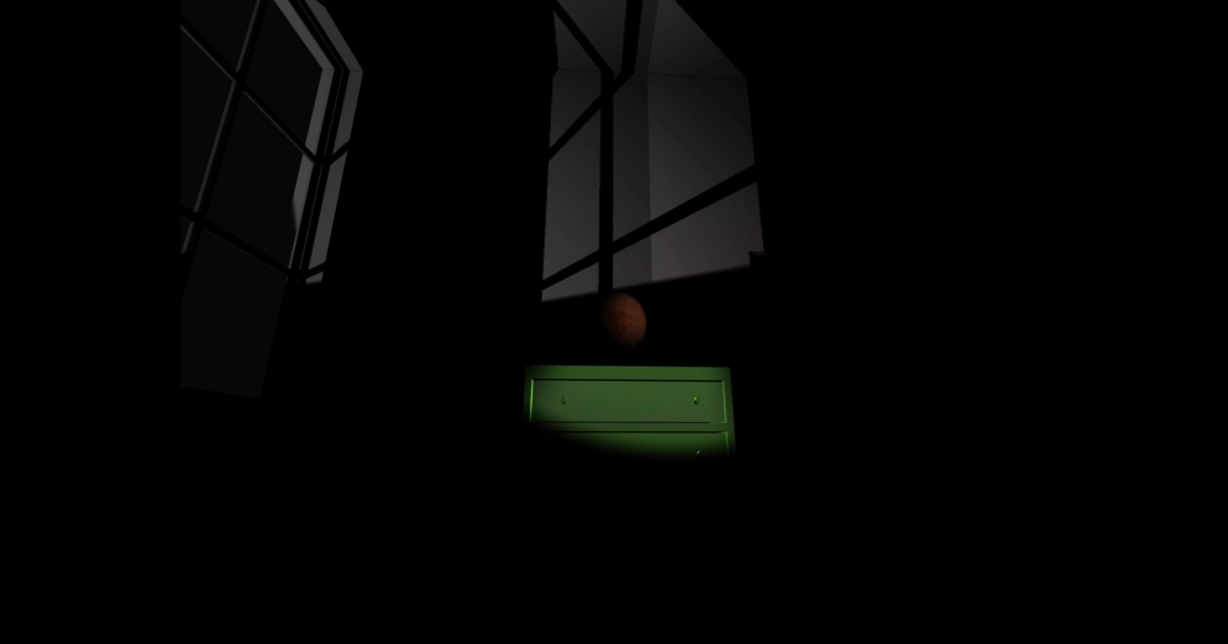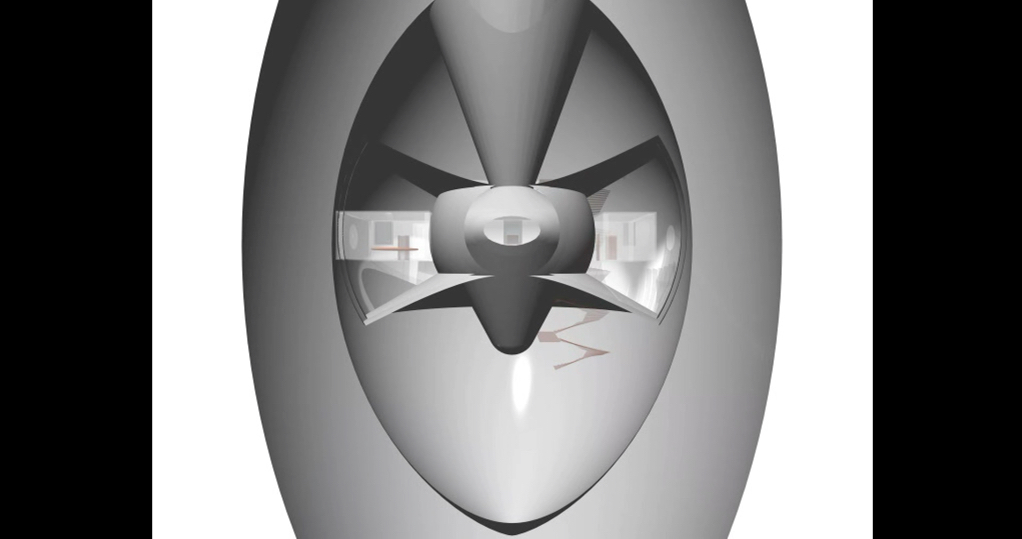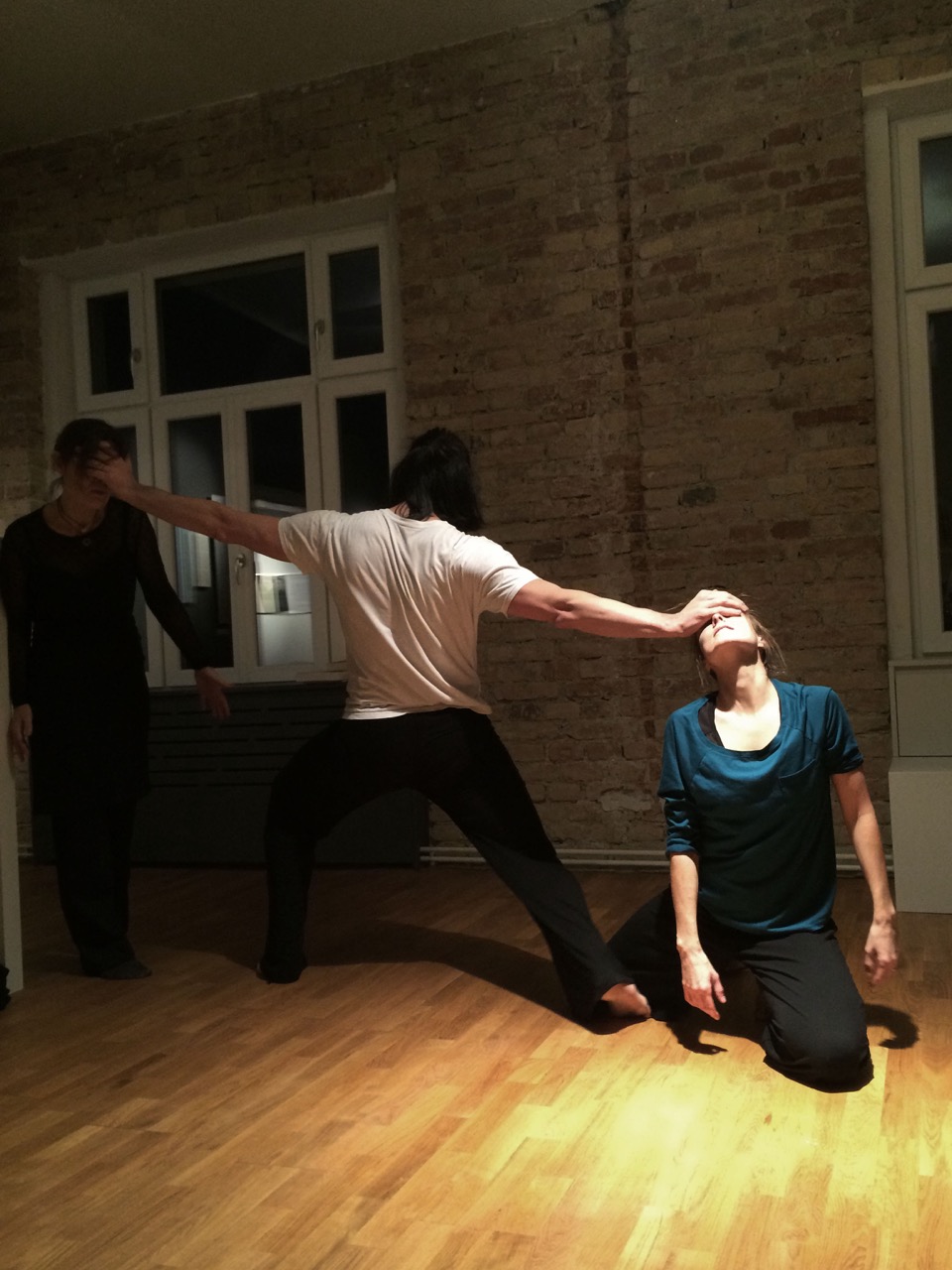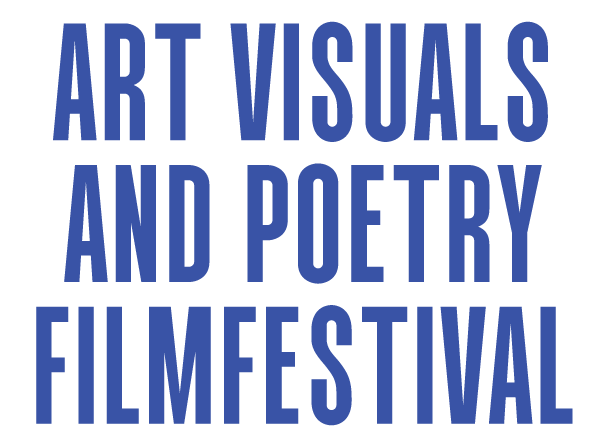Head Cinema Kafka - Side programme of the Art Visuals & Poetry Film Festival 2015
Saturday, 5th of December 17:30 "KAFKA GOES INTO CINEMA"
The Filmarchiv Austria shows newly restored historical films that Franz Kafka has seen. The silent film screening will be accompanied live on piano by Gerhard Gruber.
Saturday, 5th of December 19:00 - The Poetry Film at the edge of architecture - Susanne Wiegner (D)
"Kafkas Zimmer am 4. Oktober 1911" /Kafka´s room on October 4, 1911
3D animation
Germany (2012)
3min 30sec
concept, animation: Susanne Wiegner
Speaker: Helmut Becker

Cinematic adaptation of a diary by Franz Kafka from 4.10.1911, in which he describes his room in the dark without his own lighting in a very precise, almost scientific way. The camera takes over the static position of the viewer in the room and captures with minimal movements and approaches the described colour gradients, the overlapping of shadows and highlights, the changes of the spatial situation by the light.
"The Metamorphosis" Franz Kafka
3D animation, Germany (2006)
10 min
concept animation: Susanne Wiegner
Speaker: Helmut Becker

A digitally created spatial model is both the site of the action and the image of the narrative itself. The spaces described in detail by Kafka are detached from one another and freely placed in an organic, armour-like spatial structure. The walls of the family rooms are transparent, so that the furnishings cast shadows on the organic form. As with memories, there is a cross-fading between reality and fiction. In the course of the plot, the camera increasingly adopts the perspective of the beetle.
KAFKA DANCES
Saturday, 5th of December 19:30: Kafka performance by Charlotte Spitzer

Charlotte Spitzer (recitation), Žiga Jereb (dancer), Daniela Gruninger (dancer), special guest: Sakher Almonem (Syria, recitation)
Addressed by various texts by Franz Kafka, we have begun to deal with the echo spaces and heterotopias ("counter-places") that Kafka's language creates. The next step was to read the text in silence and then to take the words into our own hands. The language enters the body, is appropriated, incorporated and Kafka's words come to life when they are spoken freely in space. In this happening of the recited word, of voice, dynamics, modulation and emphasis, a whole world resounds, whose language no longer becomes merely language as naming, but becomes the language of the being and allows the body to find its way into dancing thinking. Movement and word and find their way into a deeper, all-encompassing realization, we sense a primordial ground from which the words speak and movement arises. Causal chains become blurred and chronological time dissolves, text and dance come from the same source for precious moments, appear, vanish, are existant...and Kafka dances.
